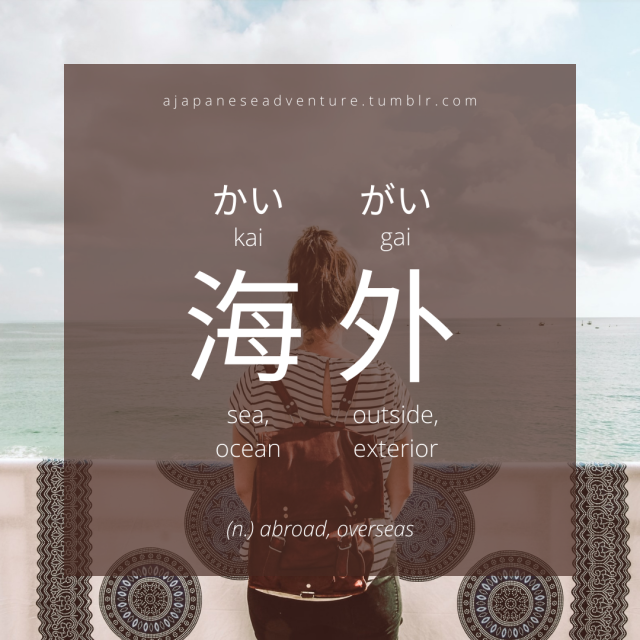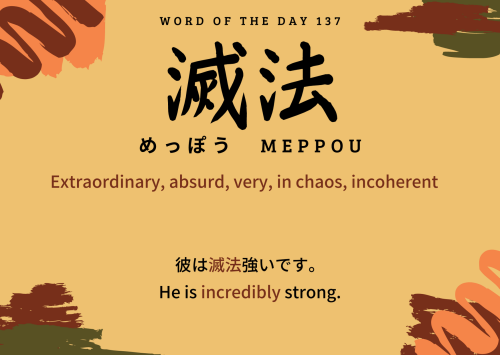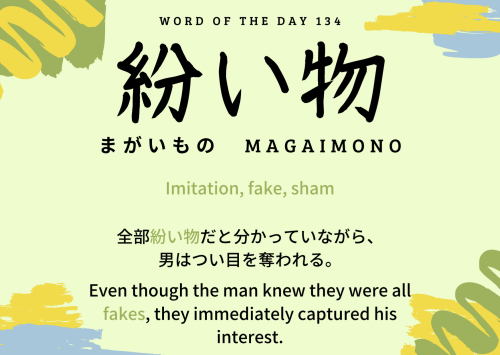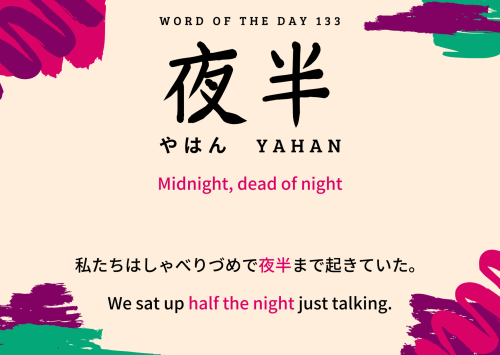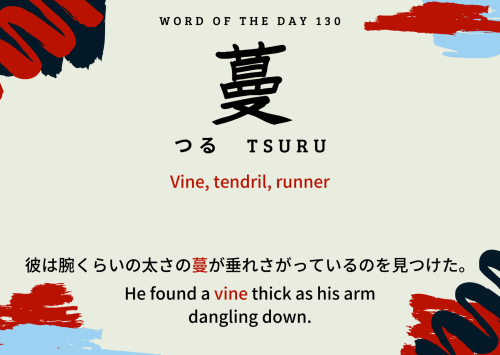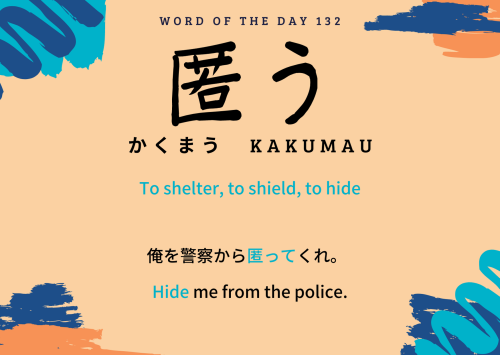#learn kanji
Hey guys! I’ve just listed some N3 kanji worksheets! Includes pages for the readings and meanings, writing practice and a reference poster for 376 kanji for N3!
Post link

北 【きた】(kita): North
東 【ひがし】(higashi): East
南 【みなみ】(minami): South
西 【にし】(nishi): West
I recently realized that I could not remember well all the kanji about compass directions. And, since they are usually among the basic kanji (asked in jplt n5), I decided to create a simple graphic post to remember them. Hope it can help you, too!
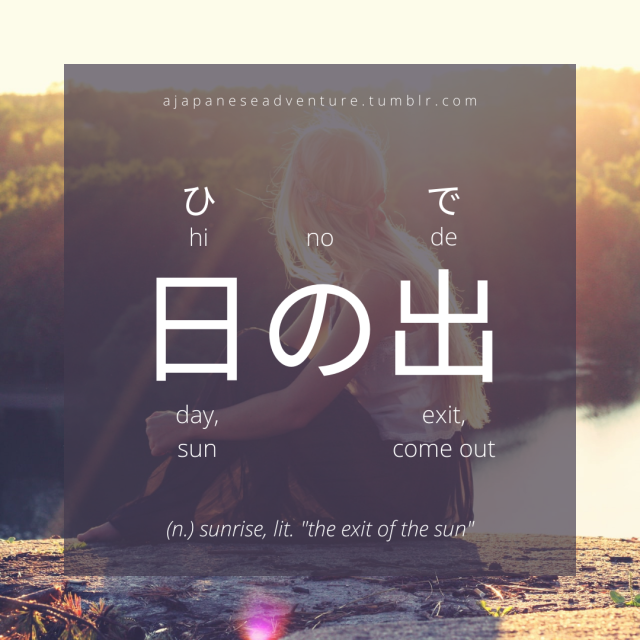

日の出(hinode) and 日の入り(hinoiri),sunrise and sunset.
Interesting thing, the “setting” sun is for the Japanese an “entering” sun, while the “rising” sun is an “exiting” sun.
It seems that we Westerners refer to what the sun does in relation to the sky, while the Japanese refer to what the sun does in relation to the earth.
Background photos by 1) Julia Caesar on Unsplash, 2) Photo by Heshan Perera on Unsplash.

晴れ 【はれ】(hare): clear weather, fine weather
女 【おみな】(onna): woman, female
I found this word watching Weathering with you. One of the main character of the anime is Hina, a ‘sunshine girl’ with the power of bringing sunny weather. 晴れ女 can be literally translated 'sunshine girl’, or 'sunny weather woman’.

雨 【あめ】(ame): rain, rainy weather
女 【おみな】(onna): woman, female
雨女 literally means 'rain girl’ or 'rainy weather woman’. 雨女 (Ameonna) is also a legendary female spirit, described as a goddess from China’s Mount Wushan, who is a cloud in the morning and rain in the evening.
Source: Jisho.org
Background photos: 1) 邱 严onUnsplash; 2) Photo by Tianshu LiuonUnsplash.

和 【わ】 (wa):sum; harmony, peace; Japan, Japanese style.
Example words:
和歌 【わか】 (waka) ->waka, classic Japanese poem (歌 = “song”).
英和 【エイワ】 (eiwa)-> English-Japanese, English-Japanese dictionary (英 = “English”, “Britain”).
Fun fact: I found this kanji in the fantasy series Avatar, the last airbender. You can usually see it in the opening credits, associated with the element air and the air nomads, a nation of wise monks.
Background photo by Nicki Eliza Schinow on Unsplash.
Words and translation: Jisho.org

巫女 【みこ】 (miko): a shrine maiden in shintoist temples, a sorceress, a shamaness. The second kanji 女is not read, but it means “woman”. The overall meaning is “shrine maiden, shamaness”.
I recently learned about the existence of this fascinating figure, the miko. Miko are the young women working in shintoist temples in Japan. In ages past they also had the role of shamanesses and prophetesses.
Thinking about it, I had already seen this figure in one famous anime, Your Name (kimi no na wa). In the movie, in fact, we see the main character, Mitsuha, performing ritual dances in a shrine with her sister, while wearing the traditional mikodress.
I found the miko fascinating. Think about it: in the morning you have these girls as your normal classmates, and at evening you see them at the temple, working in the shrine and performing ritual dances. Maybe for us westerners it just gives a weird and beautiful impression to see the sacred in everyday life, especially in young people.
Background Photo by Denise MetzonUnsplash

The kanji for “storm, tempest” is a very interesting one - It’s actually made by two kanji, one on top of the other: the kanji above means “mountain”, the one below means“wind”.
Mountains are often a forge of storms: this is why it’s always good to check the weather forecasts before go hiking on mountaineous terrains. Thunderstorms may form over the peaks, as warm, moist air rises along the slopes and condenses in thunderclouds, also creating strong wind gusts.
Furthermore, strong windstorms often happen downwind of mountain ridges. In fact, mountains are responsible for “downslope windstorms”.
Of course, this is just my interpretation of the kanji shape. It helps remember it, though!
This word can also be interpreted in a metaphorical way as “uproar”or“winds of change”.
source:jisho.org
background photo: pixabay.com

天下(tianxia) is a Chinese phrase with the meaning “All under Heaven”, “All under the Sky”. It is an ancient Chinese cultural concept, originally denoting the geographical world or the metaphysical realm of mortals. The term becam later associated with political sovereignty, being tianxia all the space, land and area divinely appointed to the Emperor of China (called 天子, tianzi, “the Son of Heaven”).
In Japanese, 天下 is read てんか, てんが or てんげ (tenka, tenga, tenge); another form of this word is 天の下, あめのした (ame-no-shita) which also means “all under heaven”: it indicates the whole word or country, and also takes on the more political meaning of “ruling power”.
Kanji meaning:
天 : heavens, sky, imperial
下 : under, down, below
天 has different readings in Japanese. Usually the on'yomi reading is ten(テン), but the kun'yomi reading is ame, ama- (あめ、あま-).
Interesting enough, ame is also the kun'yomi reading for “rain” (雨).
I’m always trying to find new and interesting ways to learn Japanese. However, I’m just a beginner, an adventurer of language! If you spot an error, feel free to point it out, I will try to correct it as soon as possible!
You may also be interested in these posts:
Weather - Part 1, by @ajapaneseadventure.
I’m always trying to find new and interesting ways to learn Japanese. However, I’m just a beginner, an adventurer of language! If you spot an error, feel free to point it out, I will try to correct it as soon as possible!
From Up on Poppy Hill, Down To the Rumbling Sea

Let’s learn some vocabulary about the sea, by looking at the beautiful lyrics of Sayonara no Natsu from “From Up on Poppy Hill”. The first part of the post introduces some vocabulary (kana only), the second part focuses on one word (kanji).
I grew up on a hill with a view on the sea. From my hometown, during clear days, I could see a line at the horizon, bluer than the sky, and a shining city below it.

What a beautiful city. I am especially fond of the harbour area: a row of low, brightly colored houses on one side, and a forest of floating masts on the other. The lighthouse standing out against the summer sky, the air filled with the echoes of seagulls and the gentle blows of the water on the ships’ flanks. The kiss of the sun; the salt on the breeze.
Maybe this is one possible reason why I love “From up on Poppy Hill” so much: the beautiful world in which the story is set remembers me so much of my little world by the sea.
Some Sea Side Vocabulary! (Kana only)

The beauty of that world is well captured, in my opinion, in the song Sayonara no Natsu(さよならの夏,The Summer of Goodbyes). Down here I wrote some “sea side” vocabulary I learned from the song and from my japanese course. In this first part I only use hiragana and katakana alphabets and no kanji: at the moment, in fact, I’m more focused on learning the “sound” of the language.
- うみ(umi): the sea, the ocean. うみなり(uminari) is the rumble/roar of the sea, from the verb なる (naru), “to sound, to roar, to rumble”. Another verb to use with umi?ひかる (hikaru), “to shine, to glitter, to be bright”;
- ふね (fune): ship, boat, vessel, seaplane. こぶね(kobune) also appears in the lyrics: it’s a compound of ko(which means small) and fune (which is turned to bune in this case) and thus it means “small boat”;
- なみ (nami): wave. It appears in the famous word tsunami(つなみ), where tsu means “port, harbor”. A tsunami is a wave that attacks the harbor;
- カモメ (kamome): gull, seagull. I found it written in katakana, so it’s probably a loanword, although I’m not sure which origins it could have;
- さかな (sakana): fish.
Kanji of the day!
Today’s kanji is:
海 (umi): the sea, the ocean.
(Interesting enough, Umi is also the name of the movie’s main character - which I find beautiful!)

I hope you enjoyed the post as much as I enjoyed learning some Japanese vocabulary about the sea! If you are interested, you can check this post on some vocabulary I learned by watching the movie “From up on Poppy Hill”.
Pictures (from the web): FROM UP ON POPPY HILL (2011), by Goro Miyazaki, STUDIO GHIBLI.
P.S.: I am just a beginner student of Japanese. If you are more experienced with the language and want to point out an error, feel free to let me know, and I will correct the error as soon as possible!
JLPT Level: Unlisted
Omg I just noticed that the example sentence has こんこん in hiragana beside the kanji. When you copy and paste a sentence that has furigana above the kanji, it will put it as hiragana beside the kanji, and I forgot to go and delete that. /sigh. The correct example sentence is:
ゆき子が昏々と眠った。
Okedoke. Now that that’s out of the way, let’s get on to this word and its kanji.
昏
- On-yomi: kon
- Kun-yomi: kura.i, kure
- Meaning: dark, evening, dusk
This kanji is made of two different parts: 氏 and 日. 氏 represents a person and 日 is the sun. The person is standing above the sun, and therefore this kanji is a pictograph of “the sun falling to a person’s footsteps,” which is a rather pretty way to describe the sun setting. And of course, after the sun sets, it becomes dark, which explains why this kanji means “dark.”
Now, why does the word “konkon” mean fast asleep? Well, most people tend to sleep at night haha. Of note, this kanji appears in the word for “coma,” which is 昏睡 konsui. So this kanji has nuances of a very deep sleep.
Post link
JLPT Level: Unlisted, but the kanji are N1 and N3 respectively.
Alright, this is a pretty interesting word that’s seen some changes in meaning and usage over the centuries.
滅
- On-yomi: metsu
- Kun-yomi: horo.biru, horo.bu, horo,bosu
- Meaning: destroy, ruin, overthrow, perish
法
- On-yomi: hou, ha, ho, furan
- Kun-yomi: nori
- Meaning: method, law, rule, principle, model, system
If we put the two together, we get “The Law of Destruction,” which could be a pretty rad metal song.
Originally, this was a Buddhist term used to refer to…something too hard for me to wrap my pea brain around haha. Really trying to remember everything I learned in that one Buddhist Philosophy course I took in uni back in the day.
Okay okay. Basically, all things in existence are divided into two categories:
- Conditioned existence (a.k.a. things created by fate). This is known as saṃskṛta in Sanskrit.
- Those that have transcended conditioned existence. This is known as asaṃskṛta in Sanskrit.
Meppou is the old Japanese Buddhist term for “things that have transcended conditioned existence.” This can mean that a thing has reached Nirvana, something that is “absolute.”
From that meaning, meppou came to mean something “extraordinary” or “terrible and intense” like a historic typhoon.
Most of the time, meppou is used in the phrase 滅法強い meppou tsuyoi, “terribly powerful.”
Post link
JLPT Level: N1, and the kanji are N1 and unlisted respectively.
Most of the time, this word is written in hiragana. But the kanji are funny, so I’m gonna talk about those too.
矢
- On-yomi: ya
- Kun-yomi: shi
- Meaning: dart, arrow
鱈
- On-yomi: setsu
- Kun-yomi: tara
- Meaning: codfish
So…put these two together and you get… “shooting codfish with arrows” and somehow that is supposed to mean “indiscriminately; blindly; at random; recklessly; thoughtlessly; excessively; profusely.”
I bet you’re ready for me to blow your mind with some anecdote from like 700 years ago about some old Japanese hermit who only had an arrow and spent everyday in the same stream trying to catch cod unsuccessfully, because he was an idiot and didn’t know that cod were an ocean fish and not a freshwater fish.
…But actually, these are just ateji. Ateji are kanji whose meaning have nothing to do with the word they are used in. Their pronunciation just conveniently matches the word. So “arrow” and “codfish” have absolutely nothing to do with yatara and its meaning.
Kanji, man. Can’t trust ‘em. :P
Post link
JLPT Level: Unlisted
This is one of the coolest words I have found to date. Look at those meanings!! To boast, to roar, to recite a poem to oneself. It’s so rich and nuanced! And then look at how dang cool the kanji looks!! Also, let’s not forget that the pronunciation, “usobuku” sounds like 嘘吹く (uso fuku, to tell lies like the wind blows), which is not a real expression but is immediately what my mind goes to.
Okay, let’s take a look at this kanji!
嘯
- On-yomi: shou, shitsu
- Kun-yomi: usobu.ku
- Meaning: roar, howl, recite emotionally, feign indifference
It appears that long ago, this kanji used to be used for whistling. But not just any whistling–this is for the whistling people did to imitate bird calls.
Nowadays, this word is very seldom used, and it is never used in reference to bird calls. But it’s really cool!
Post link
JLPT Level: Unlisted, but the kanji are N1 and N4 respectively.
Okay, this one is so low frequency you’ll probably never see it. But I like how it sounds so I’m gonna talk about it haha.
紛
- On-yomi: fun
- Kun-yomi: magi.reru, -magi.re, magi.rasu, magi.rawasu, magi.rawashii
- Meaning: distract, be mistaken for, go astray, divert
物
- On-yomi: butsu, motsu
- Kun-yomi: mono
- Meaning: thing, object, matter
So if we put these two together we get “something that one mistakes for something else.” Pretty easy to understand, I think. I wanted to talk about the etymology of the kanji 紛 but I couldn’t find anything. T-T
Post link
JLPT Level: Unlisted, but the kanji are N4 and N5 respectively.
This is a pretty low-frequency word. It sounds pretty old-timey, and it makes sense because I found it in a manga that takes place in the Edo Period haha.
Let’s take a look at the kanji:
夜
- On-yomi: ya
- Kun-yomi: yo, yoru
- Meaning: night, evening
半
- On-yomi: han
- Kun-yomi: naka.ba
- Meaning: half, middle, odd number, semi-, part-
Put them together and you get “the middle of the night.” Pretty easy, right?
Post link
JLPT Level: Unlisted
蔓
- On-yomi: man, ban
- Kun-yomi: habiko.ru, tsuru
- Meaning: vine, tendril, influence, connections, good offices, spread, sprawl, thrive, rampant, powerful
You’re very unlikely to see this kanji in a book, as they’d probably write it in katakana. However, this is sometimes used in last names.
You may recognize the ⺾ radical at the top. This is the “grass” radical and represents “plants.” The other three radicals, 曼, when put together like this, mean “long.”

Here we see the very original kanji for tsuru. At the top we have grass planted in a row. Beneath those we have a hat, followed by a hand, an eye, and another hand at the bottom. I’m not sure why there’s a “hat” here, but there is a hand above and below the eye to signify someone holding out their hands to gesture how tall or “long” something is.
So, something “long” 曼 plus “grass” ⺾ = vines. pretty easy!
Also, as a sidenote, most kanji with 曼 have an on-yomi of “man.”
Post link
JLPT Level: Unlisted, but the kanji is N1
This has an etymology different from what I had expected. Let’s look at the parts!
⼖ to conceal, hide
若 soft mulberry leaves
Now, anyone who has been studying their kanji is probably looking at that definition of 若 and going, “Omoi-no-hoka, you’ve lost the plot” because 若 means young.
And see, I knew that it meant “young” too, so I thought maybe this was a reference to something like “protect the women andchildren.”
But nope! This, my friends, is all in reference to silkworms.
Silk was an incredibly important textile in Japan. The silkworms live in mulberry trees, eating the young, soft leaves. 匿 represents the mulberry leaves that fill up the silkworms’ bellies and stay hidden there.
Kinda weird, but there ya go!
Post link
JLPT Level: Unlisted, but the kanji are N4 and N3 respectively.
While not a super common word, you do have a chance of hearing it in conversation once in a blue moon. It’s also incredibly easy to understand once you know the parts.
言い ii, to say
伝え tsutae, to communicate, transmit
So 言い伝え is something that is spoken and transferred from one generation to the next.
Post link





